Published 31 May 2024
Big ideas inspire new thinking – Starfish Early Learning Centre, Nunawading
Engaged students in learning
Lorraine Cotter – Early Childhood Teacher
Starfish Early Learning Centre Nunawading
Schools and early childhood services across Victoria continue to provide quality learning experiences across all levels. The VIT’s Professional Practice team is privileged to see this work first-hand on visits to workplaces around the state. This is just one example showcasing the great work happening in a Victorian early childhood service.
Starfish Early Learning Centre operate five early learning services across Melbourne. They aim to “champion children’s wonder” and think creatively to inspire new and exciting learning opportunities.
The introduction of ‘big ideas’ in their five services did exactly that. We spoke to Lorraine Cotter, an Early Childhood Teacher (ECT) at Starfish’s Nunawading service about how big ideas have improved student, teacher and educator outcomes across the board.
Q: Can you provide some background to your approach in developing the initiative, including any research or established models / strategies that your approach is based upon?
As a centre, we decide on two concepts for the year, which we call “Big Ideas”. These big ideas then form the basis of several different inquiries throughout the year that help to deepen our learners’ understanding and thinking.
In 2023, the two big ideas we explored were ‘beauty’ and ‘lifecycles’. This meant understanding the beauty in everything around us and exploring the cycles of life to foster deeper learning.
To further expand on our big ideas, we undertook two projects
- Lifecycle of a raindrop - book and movie
We chose to create a book and a movie about the lifecycle of a raindrop. From April to July, we observed children’s love of books and interest in writing their own storybooks, so we launched our big idea on ‘lifecycles’ in particular about the water cycle through storytelling. We explored a number of books and also incorporated digital literacy. We introduced projections and digital storybooks (both of which sparked joy and interest) and visited ACMI - the national museum of screen and culture to further extend understanding of lifecycles through moving images and interactive storytelling. - Beauty begins the moment you decide to be yourself – 100 languages through our self-portraits
Through this concept, learners explored their backgrounds and heritage, and learned about the pigmentation in our skin. This informed their creation of self-portraits through 100 languages. In this case, ‘100 languages’ referenced different materials including clay, drawing, texters, pencils, crayons and more.
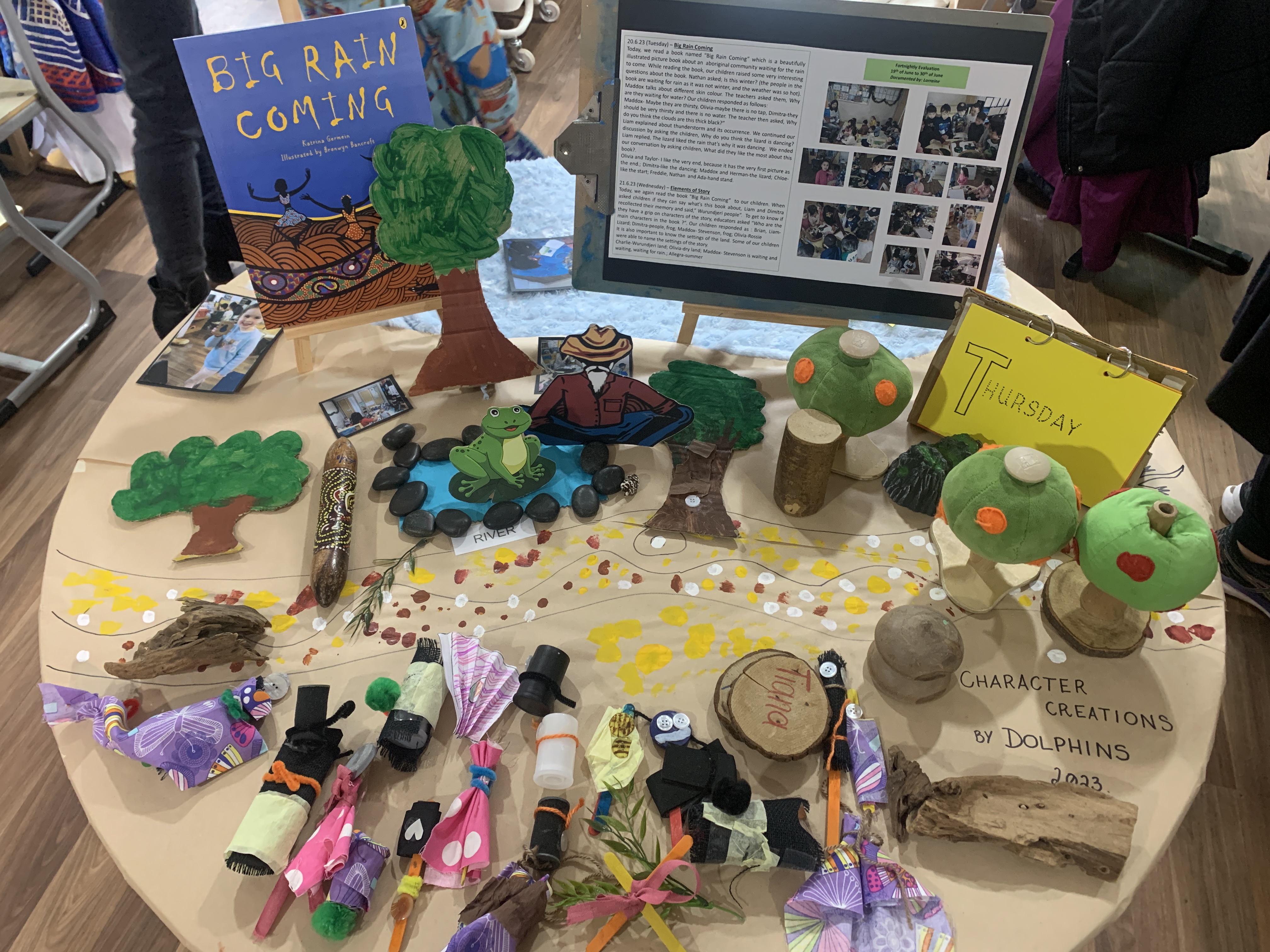
Lifecycle of a raindrop project
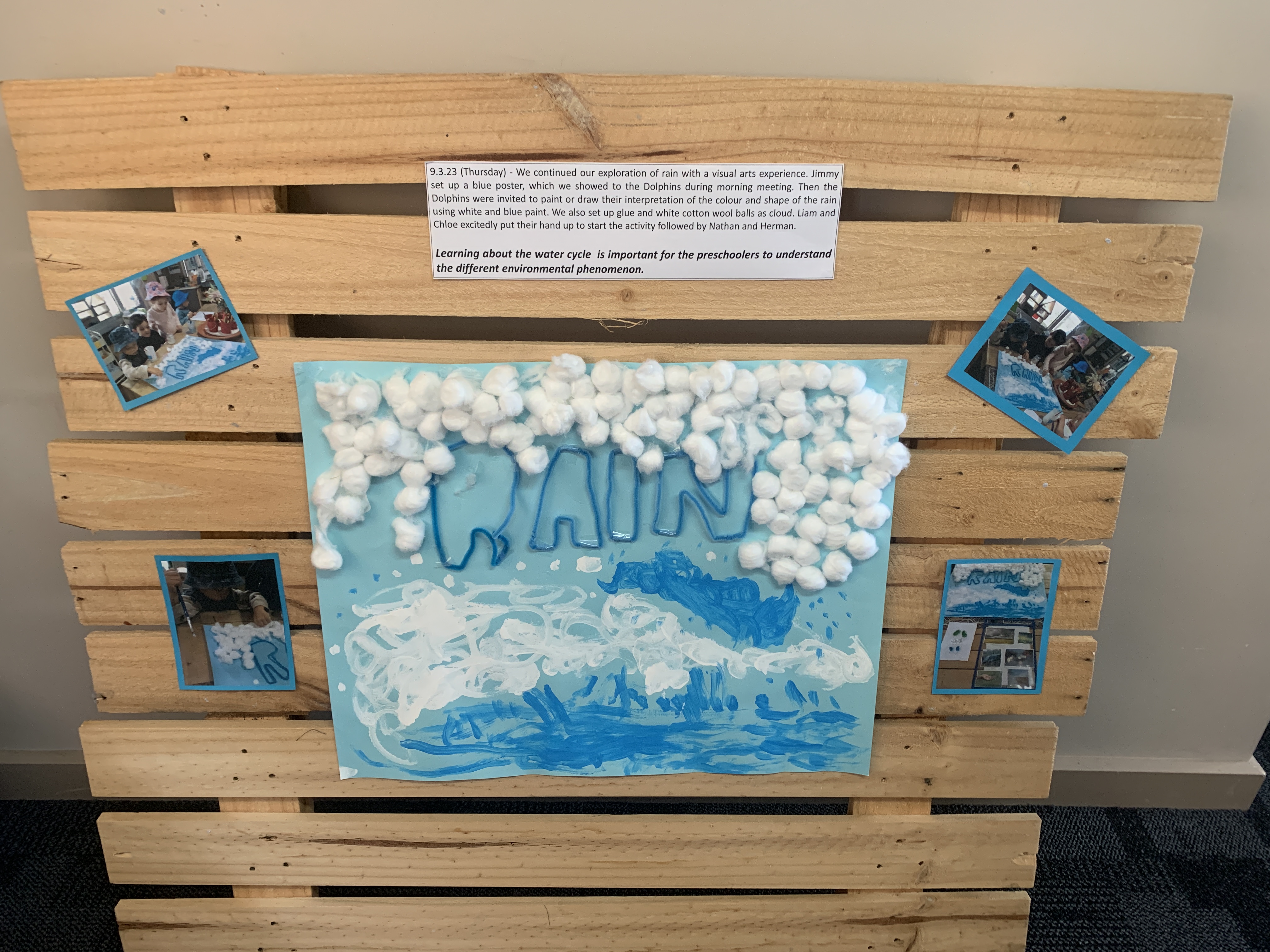
Lifecycle of a raindrop project
The development of our approach and concept explorations are underpinned by theoretical perspectives of Constructivism, the Reggio Emilia Approach, the Anti-Bias Approach, Multiple Intelligences theory, Post-structural theory and Critical theory.
Constructivism
Theoretical perspective: Learning is an active, constructive process where individuals build their own understanding of the world through experiences and reflection.
Application: Our curriculum is designed to engage children actively in the learning process, fostering exploration, discovery, and the construction of knowledge.
Reggio Emilia Approach
Theoretical perspective: Emphasises social learning by fostering collaboration, communication, and relationships among children, teachers, and the community, encouraging children to explore and learn through social interactions and shared experiences.
Application: Our approach incorporates the Reggio Emilia principles, fostering a love for learning through exploration, collaboration, and the use of multiple forms of expression.
Anti-Bias Approach
Theoretical perspective: Focuses on recognising and challenging bias and stereotypes, creating an inclusive and equitable learning environment.
Application: We are committed to providing an environment that respects and celebrates diversity, actively addressing bias, and ensuring every child feels a sense of belonging.
Multiple Intelligences Theory
Theoretical perspective: Recognises diverse forms of intelligence beyond traditional academic measures, including linguistic, logical-mathematical, spatial, musical, interpersonal, intrapersonal, bodily-kinaesthetic, and naturalistic intelligences.
Application: Our program supports expression in various "languages" and art forms, acknowledging and nurturing the diverse intelligences of each child.
Post-structural Theory
Theoretical perspective: Challenges fixed notions of identity and emphasizes the fluid and contextual nature of knowledge and power.
Application: Our approach is informed by post-structuralism, encouraging a flexible understanding of identity and knowledge, fostering an openness to diverse perspectives.
Critical Theory
Theoretical perspective: Advocates for critical examination and transformation of educational systems for social justice.
Application: Our curriculum promotes critical thinking and a culture of inquiry, encouraging children to question, analyse, and reflect on their experiences and the world around them.
Q: What structural things are in place to ensure that the initiative has its best chance of success?
We have a number of mechanisms in place to help us explore and understand the big ideas. The big ideas themselves are co-created by the leadership team based on feedback from teachers and educators across our five centres, events in our communities, and broader policy settings in order to support children’s learning and development. Big ideas are selected to align with the teachers and educators' professional learning areas, and we aim to bring fresh ideas not covered in other parts of our curriculum.
Each term the lead educators and ECTs from all Starfish Early Learning Centres meet for professional development. Each session has a different focus with a range of guest speakers. Recent sessions have explored First Nations perspectives, The Resilience Project, challenges / inquiries, different theoretical perspectives and approaches in education.
In our centres, the big ideas are shared widely with families and prominently showcased in the foyer and rooms of each centre to help us keep these front of mind in everything we do.
Taking part in professional learning related to our concepts and Starfish philosophy has enabled a consistent approach across centres and a focus on collegiality. Every second month there is a Professional Learning Workshop (PLW) in each centre, which is a chance to share updates and feedback from across the organisation.
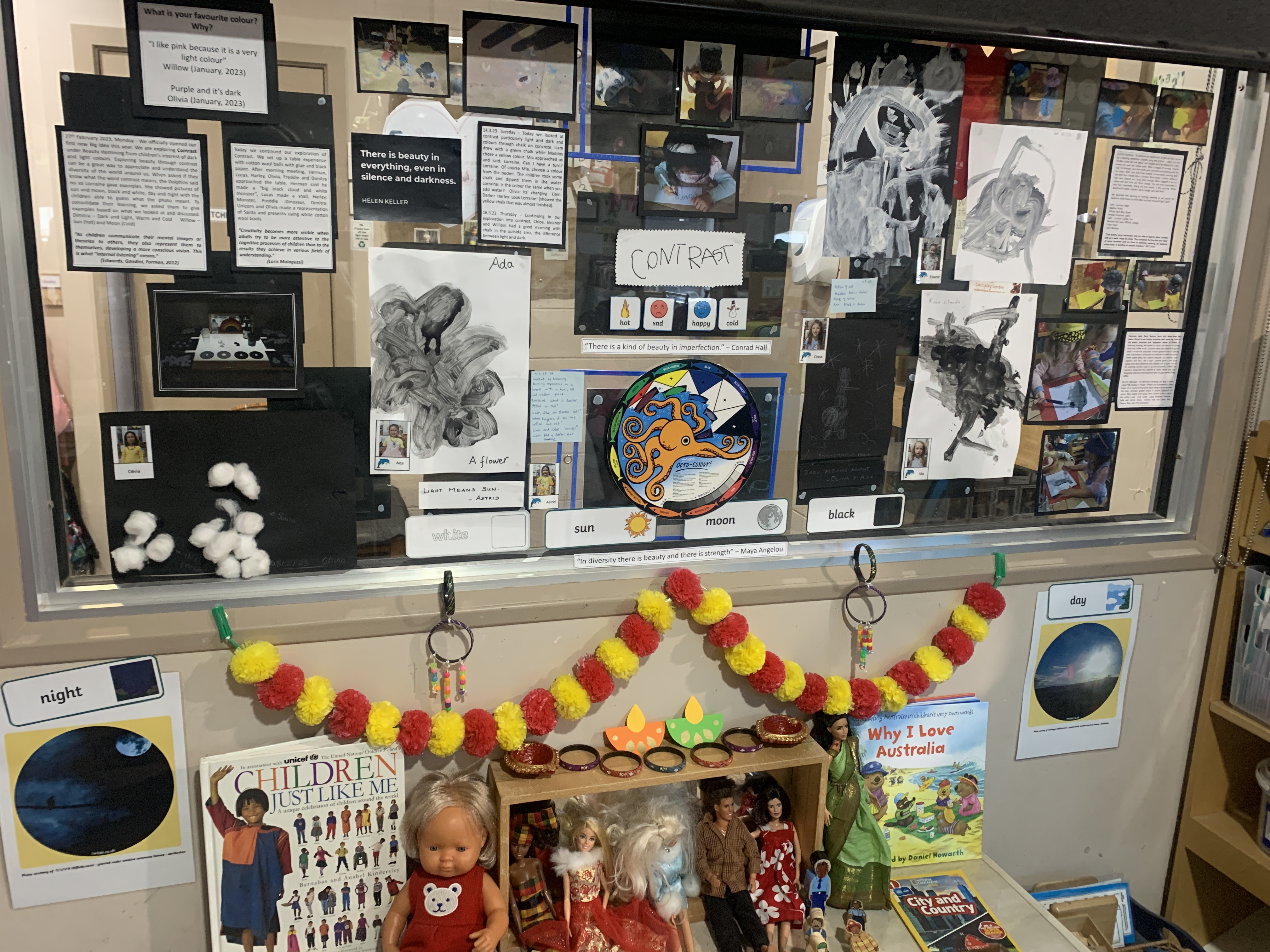
Big ideas - beauty exercises
Q: What are the greatest benefits to staff development of this approach?
Through the big ideas, we can challenge ourselves to bring new concepts to life in creative ways with the learners. For example, when we chose to create a book and a movie about the lifecycle of a raindrop. I’d never done either of these before so had to research about the creative process and then create activities with the children to develop the storyline and illustrations. It’s something that I can now do again with another topic in future.
Our Mentoring Day also helps ECTs and educators to understand the concepts and develop ideas on how we might explore them with the children. For example, we would bring documentation and questions for one big idea and discuss this with the group. It's an opportunity to get support from a wider team and bounce ideas off each other. We also focus on building the skills to create well rounded leaders in topics such as resilience, leadership and continuous improvement.
PLW and Mentor Days are opportunities to reflect, collaborate and be inspired by each other.
Q: What have been the benefits to learner outcomes of this approach?
The children have been supported to pursue their own interests as they inquire into the big concepts. Learning about storytelling in different cultures has motivated the children to create ways to tell their stories and share their interests with others. They have shown very impressive independence in drawing and writing stories and have increased their confidence in orally sharing these with the rest of the class. Engaging in these opportunities has enabled them to develop fine motor skills and early literacy skills like phonological awareness and letter knowledge.
Each teacher selects the inquiry that has captured the group’s interest most in the year. This will be presented to families at the end of the year and provide them with the opportunity to celebrate their child’s learning.
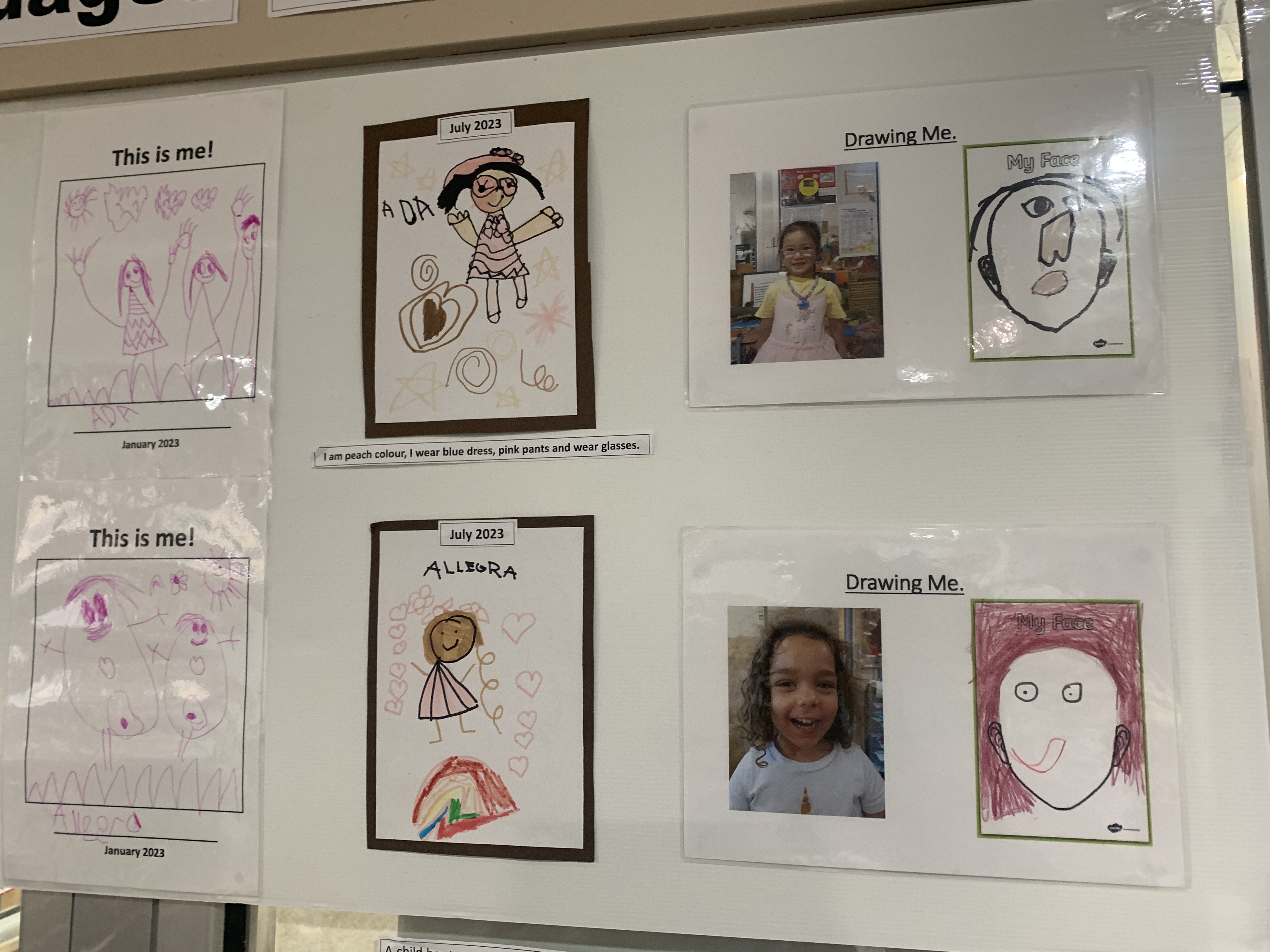
100 languages through self-portraits
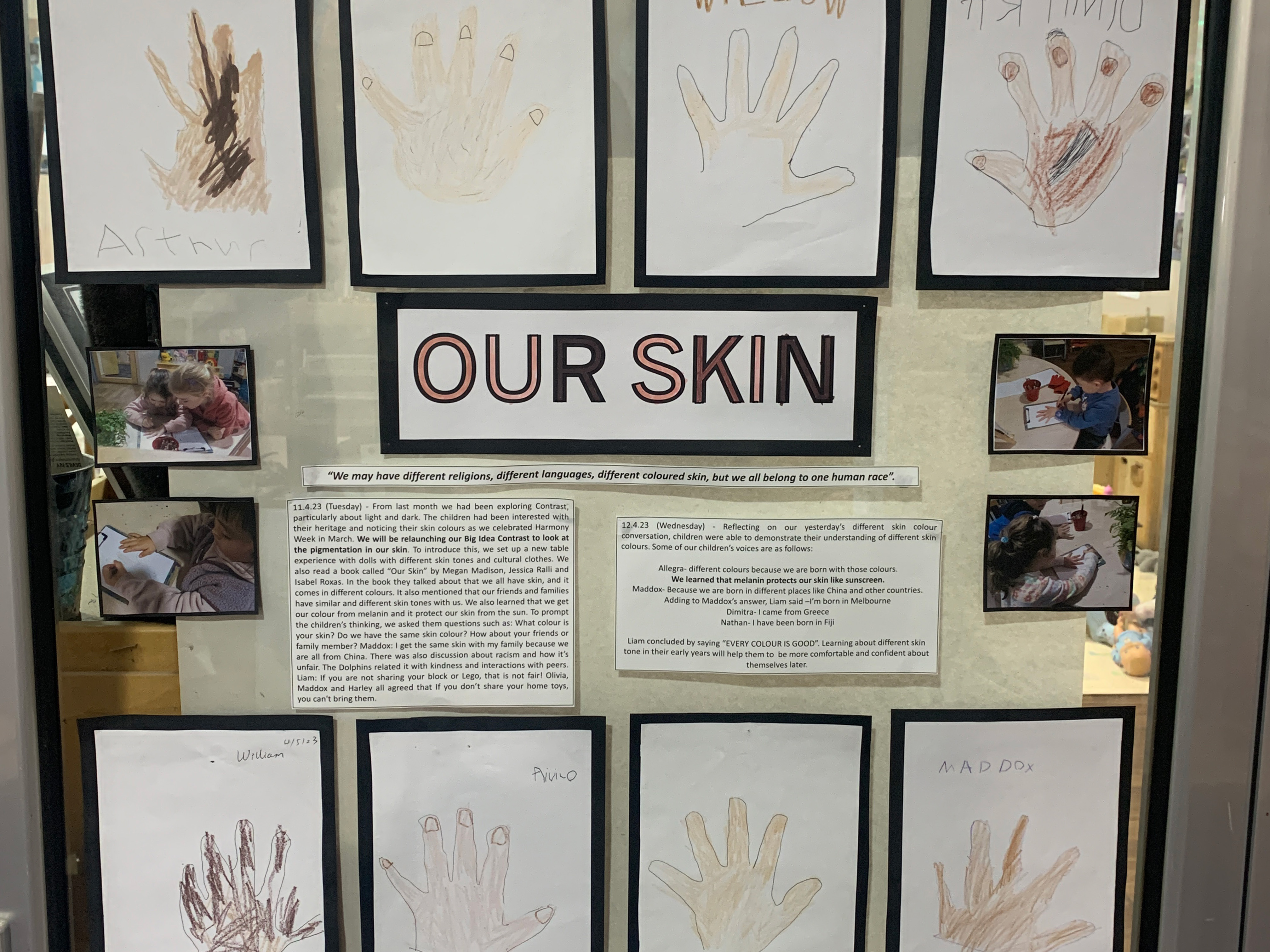
100 languages through self-portraits
Q: What plans does your workplace have to take this approach forward?
Each year we reflect on the prior year and how the big ideas developed, what we learned and what we could do differently next time. We continue the process of deciding and implementing new big ideas, building on skills learned in the past and making sure we’re still stretching ourselves and learning something new. Development is very much ingrained in how we plan and operate.
We’re also continuing to develop our early childhood teachers and educators more broadly through our Mentor Days. Our people are our greatest asset so we continue to invest in them with new opportunities, professional development and other programs to position Starfish at the forefront of educational excellence.
Q: Can you detail any references or citations applicable?
- Constructivism – University of South Australia
- Reggio Emilia Approach – Reggio children
- Anti-Bias Education – Teaching for Change
- Multiple Intelligences – Harvard Graduate School of Education
- Child-centered education: Incorporating reconceptualism and poststructuralism - Education Resources Information Centre
- It’s More than Child Development: Critical Theories, Research, and Teaching Young Children – Education Resources Information Centre
Do you have an example of outstanding work in your school or early childhood service? We’d like to consider showcasing it the Excellence in Teaching section of our website. Send your example and contact details to vitcomms@vit.vic.edu.au.
